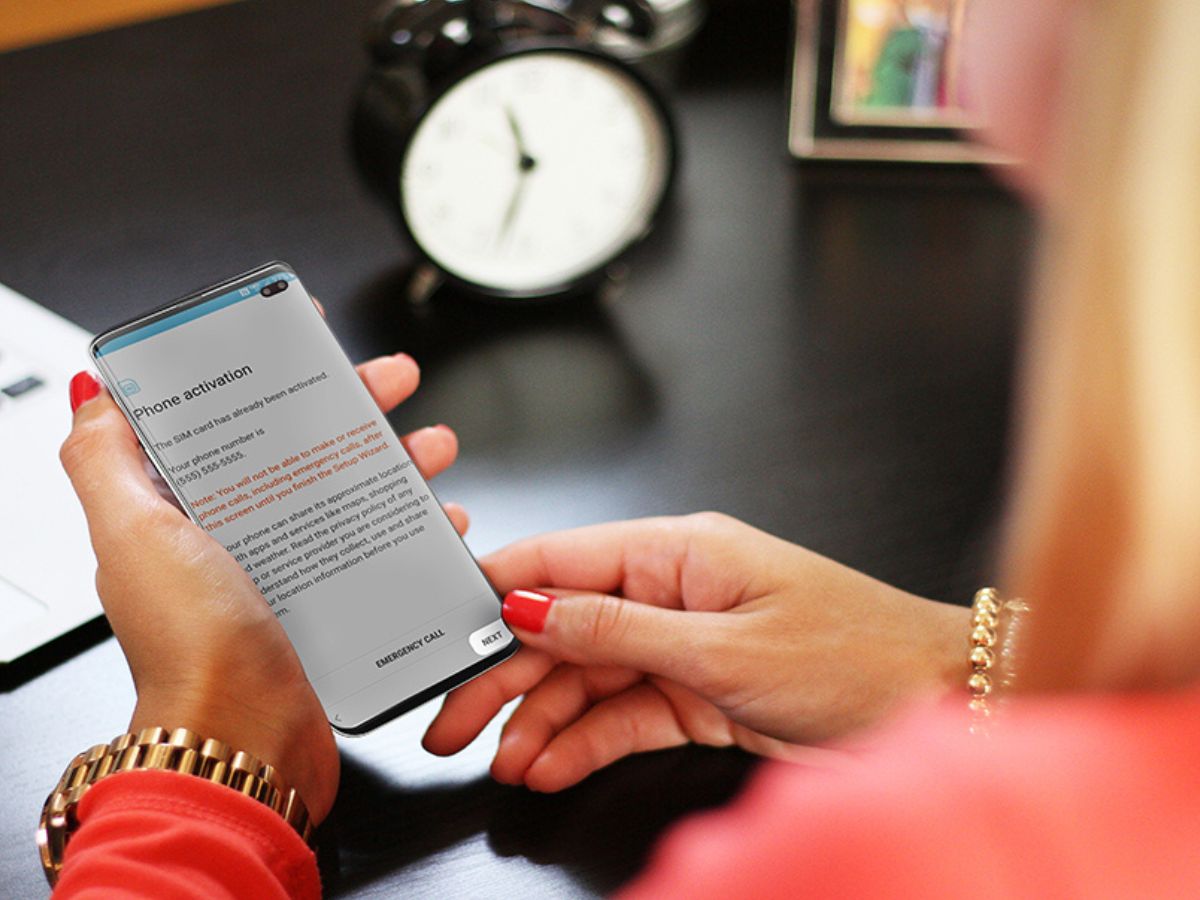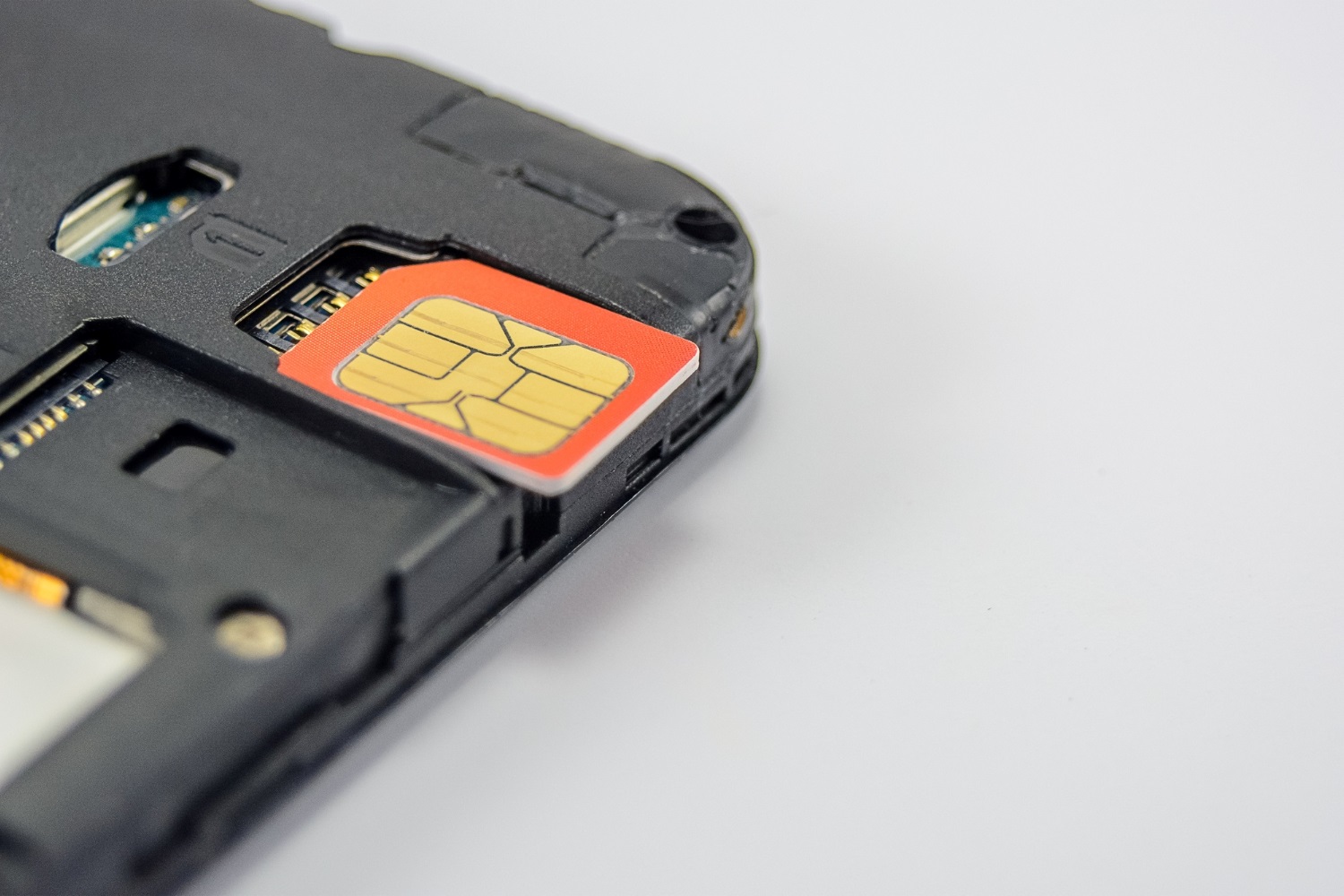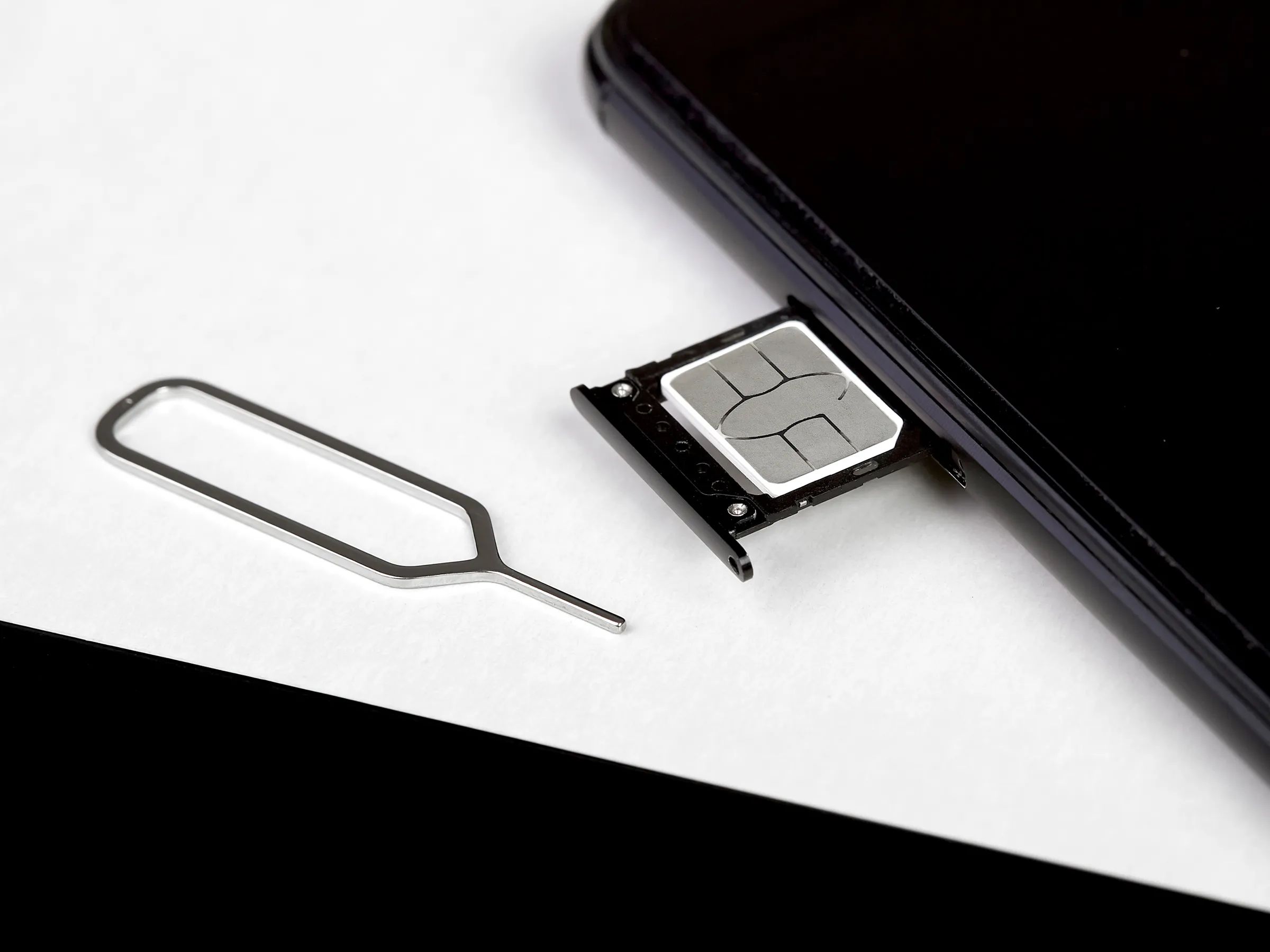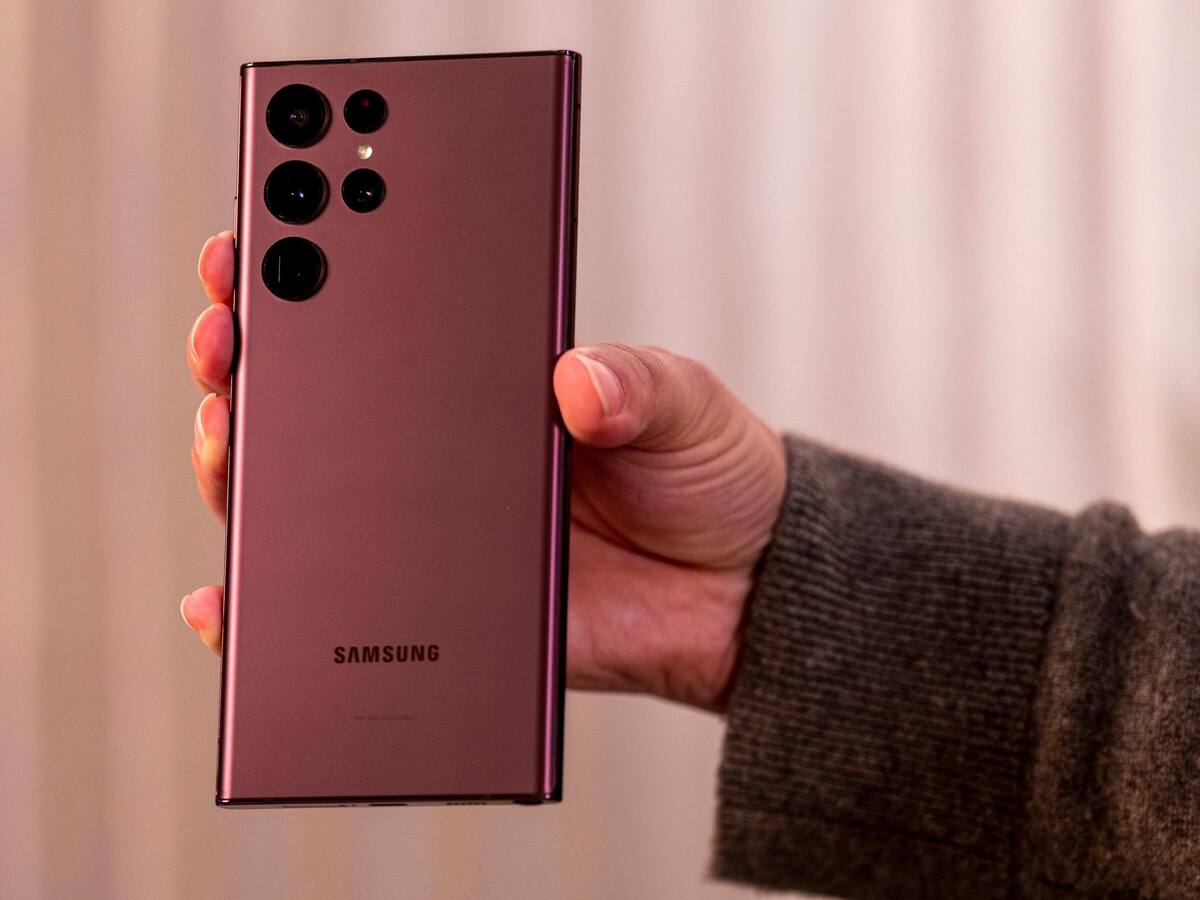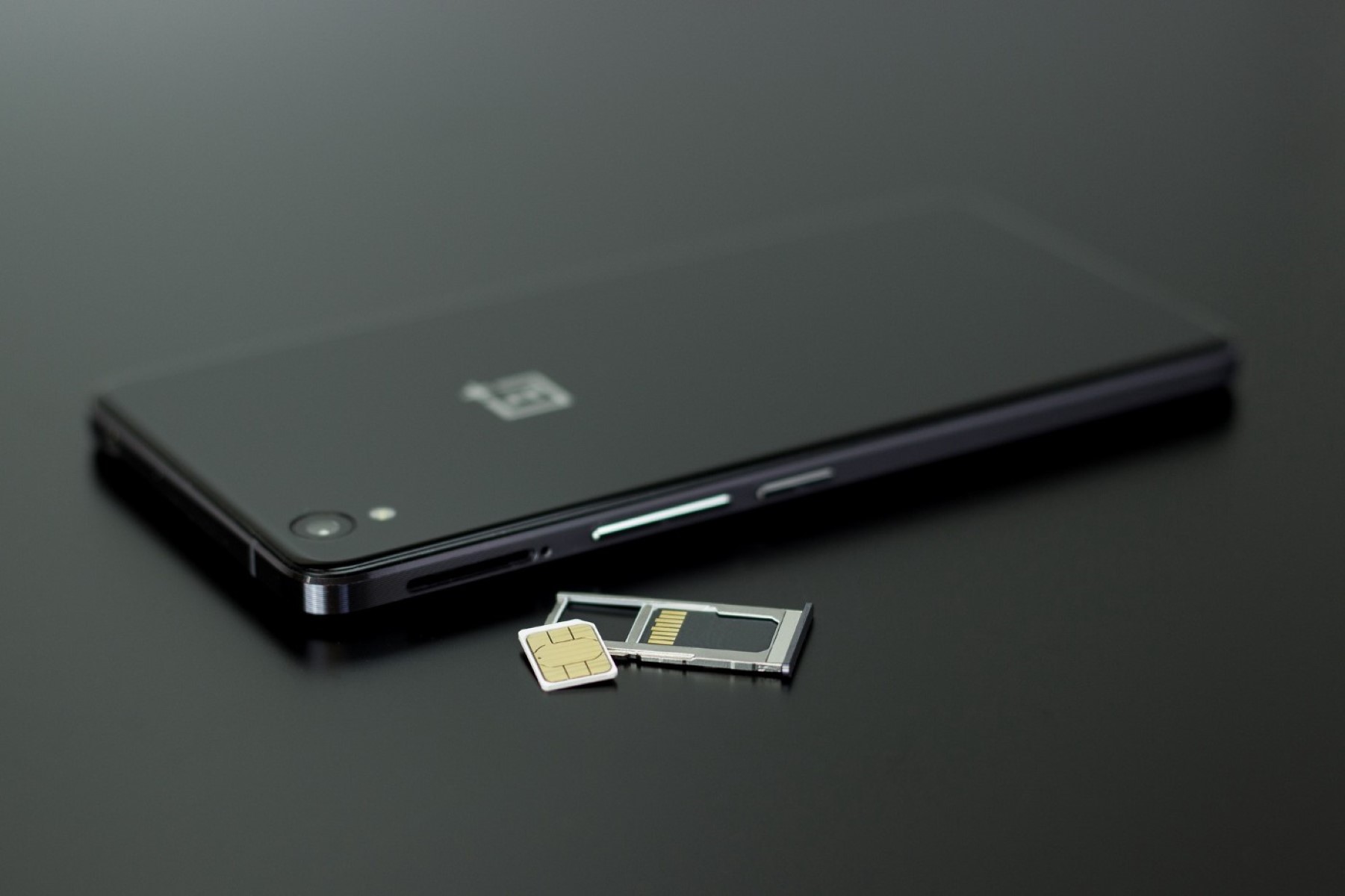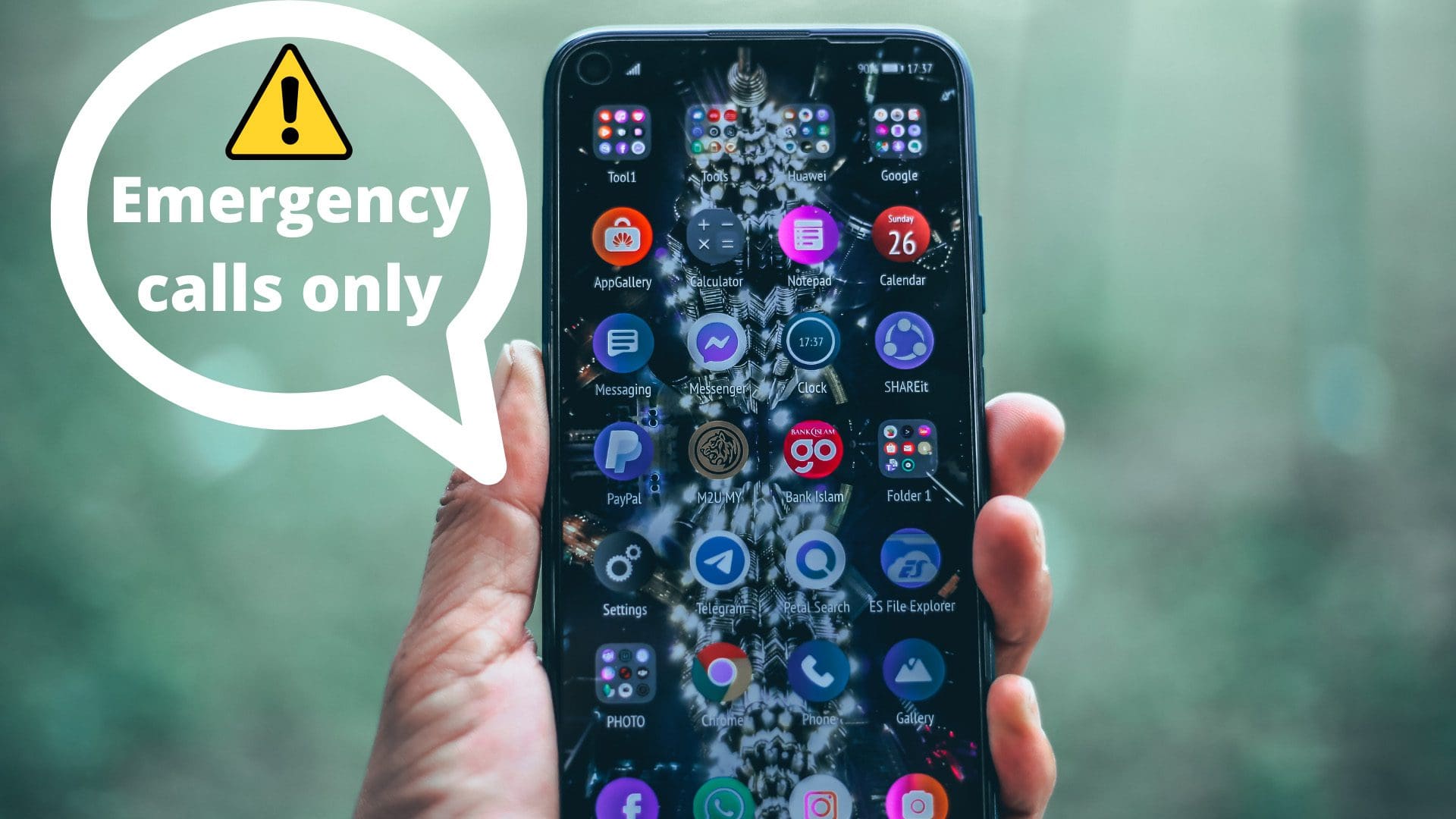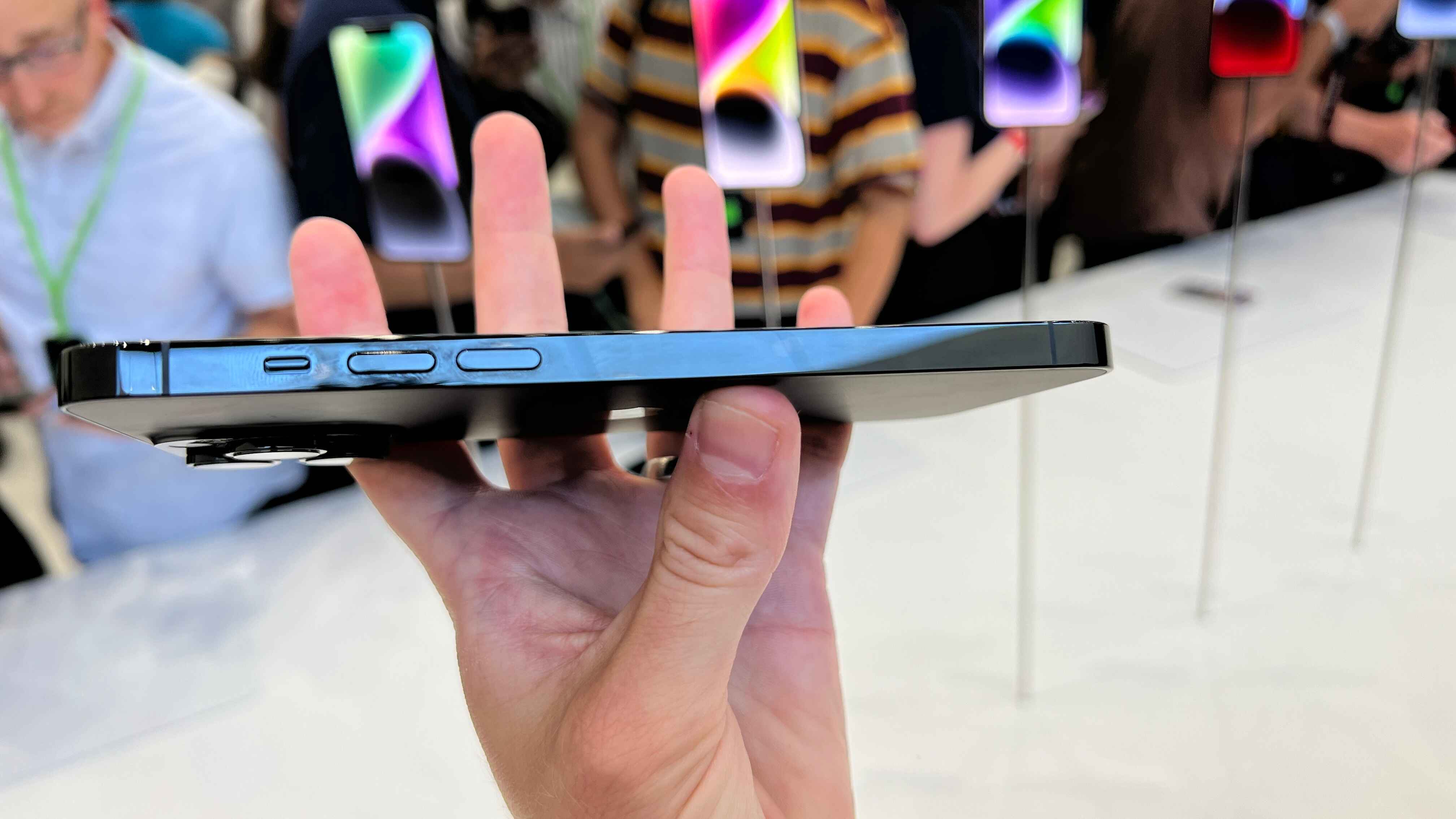Introduction
In today's digital age, mobile devices have become an indispensable part of our daily lives. They not only serve as a means of communication but also function as portable computers, entertainment hubs, and personal organizers. However, the traditional reliance on SIM cards for making phone calls is being challenged by technological advancements. As a result, people are increasingly seeking alternative methods to stay connected without the need for a physical SIM card.
This article aims to explore the various ways individuals can make phone calls without a SIM card, offering insights into the modern solutions that have revolutionized the concept of mobile communication. Whether it's leveraging Wi-Fi calling, utilizing VoIP services, or resorting to landline phones, the options are diverse and cater to the evolving needs of mobile users.
As we delve into the intricacies of these alternative methods, it's essential to understand the evolving landscape of mobile communication and the pivotal role that technology plays in reshaping our connectivity options. By embracing these advancements, individuals can enjoy the freedom and flexibility of making phone calls without being tethered to a physical SIM card, paving the way for a more versatile and dynamic communication experience.
What is a SIM Card?
A Subscriber Identity Module (SIM) card is a small, removable card that is inserted into mobile devices such as smartphones and tablets. It serves as a unique identifier for the user and the device, enabling access to a mobile network and allowing the user to make phone calls, send text messages, and access mobile data services.
The SIM card contains essential information, including the user's phone number, network authorization data, and personal contacts. It also stores security information, such as authentication keys and encryption algorithms, which are crucial for securing communication between the device and the mobile network.
SIM cards come in various sizes, including standard SIM, micro-SIM, and nano-SIM, to accommodate different device requirements. They are provided by mobile network operators and are essential for activating and using mobile services.
In addition to facilitating communication, SIM cards play a vital role in enabling roaming services, allowing users to access mobile networks outside their home country. This feature is particularly beneficial for travelers who depend on their mobile devices for staying connected while abroad.
Furthermore, SIM cards can store limited amounts of data, such as text messages and contacts, making them a convenient backup solution for essential information.
Overall, SIM cards are fundamental components of mobile communication, providing users with access to network services, personalized identification, and essential security features. While they have been the traditional method for enabling phone calls and mobile connectivity, technological advancements have introduced alternative means of communication that do not rely on physical SIM cards.
Ways to Make Phone Calls Without a SIM Card
In today's rapidly evolving digital landscape, the traditional dependency on SIM cards for making phone calls is being redefined by innovative alternatives that offer greater flexibility and convenience. Whether it's due to a lost or damaged SIM card, a desire for cost-effective communication solutions, or the need for seamless connectivity across devices, individuals are increasingly seeking ways to make phone calls without relying on a physical SIM card. Fortunately, advancements in technology have paved the way for diverse methods that cater to the evolving needs of mobile users.
Using Wi-Fi Calling
One of the most prevalent alternatives to traditional SIM card-based calling is Wi-Fi calling. This innovative feature leverages a Wi-Fi network to enable voice calls over the internet, bypassing the need for a SIM card. By utilizing Wi-Fi calling, individuals can make and receive phone calls using their existing phone number, even in areas with limited cellular coverage. This not only provides enhanced connectivity but also offers a seamless transition between Wi-Fi and cellular networks, ensuring uninterrupted communication.
Using VoIP Services
Voice over Internet Protocol (VoIP) services have revolutionized the way people communicate, offering a versatile and cost-effective solution for making phone calls without a SIM card. VoIP platforms, such as Skype, WhatsApp, and Google Voice, utilize internet connectivity to transmit voice calls, eliminating the reliance on traditional cellular networks. With VoIP services, users can make calls from their smartphones, tablets, or computers, transcending the limitations of physical SIM cards and enabling communication across various devices.
Using a Landline Phone
In scenarios where mobile devices are unavailable or impractical, utilizing a landline phone serves as a reliable method for making phone calls without a SIM card. Landline phones, whether traditional analog devices or modern digital alternatives, provide a stable and consistent means of communication. Additionally, landline phones are often used in conjunction with VoIP adapters, allowing users to access VoIP services through their landline connections, further expanding the options for SIM card-free calling.
By embracing these alternative methods, individuals can enjoy the freedom and flexibility of making phone calls without being tethered to a physical SIM card, paving the way for a more versatile and dynamic communication experience. Whether it's through Wi-Fi calling, VoIP services, or traditional landline phones, the diverse options available cater to the evolving needs of mobile users, offering seamless connectivity and innovative solutions for staying connected in the digital age.
Using Wi-Fi Calling
Wi-Fi calling has emerged as a game-changing innovation in the realm of mobile communication, offering a seamless and versatile solution for making phone calls without relying on a physical SIM card. This revolutionary feature leverages Wi-Fi networks to transmit voice calls over the internet, providing users with enhanced connectivity and flexibility.
The primary advantage of Wi-Fi calling lies in its ability to transcend the limitations of traditional cellular coverage. By utilizing a Wi-Fi network, individuals can make and receive phone calls in areas where cellular signals may be weak or non-existent. This is particularly beneficial in remote locations, indoor settings with poor reception, or during international travel, where access to cellular networks may be limited.
Moreover, Wi-Fi calling seamlessly integrates with existing phone numbers, allowing users to maintain their identity and contact information without the need for a physical SIM card. This means that individuals can make and receive calls using their familiar phone numbers, ensuring a consistent and convenient communication experience across various devices.
Another noteworthy aspect of Wi-Fi calling is its ability to facilitate a smooth transition between Wi-Fi and cellular networks. When a user moves from a Wi-Fi-enabled area to a location with cellular coverage, or vice versa, the call can seamlessly transition between the two networks without interruption. This dynamic handover mechanism ensures uninterrupted communication, regardless of the network environment, enhancing the reliability and continuity of phone calls.
Furthermore, Wi-Fi calling often boasts high-quality voice transmission, thanks to the robust nature of Wi-Fi networks. The stable and reliable nature of Wi-Fi connectivity contributes to clear and consistent voice calls, offering an elevated communication experience compared to traditional cellular calls in certain scenarios.
In essence, Wi-Fi calling represents a significant advancement in mobile communication, providing users with a versatile and resilient method for making phone calls without the constraints of a physical SIM card. By harnessing the power of Wi-Fi networks, individuals can enjoy enhanced connectivity, seamless transitions between networks, and high-quality voice calls, all while maintaining their familiar phone numbers. As technology continues to evolve, Wi-Fi calling stands as a testament to the innovative solutions that redefine the way we stay connected in the digital age.
Using VoIP Services
Voice over Internet Protocol (VoIP) services have revolutionized the way people communicate, offering a versatile and cost-effective solution for making phone calls without a SIM card. Unlike traditional phone calls that rely on circuit-switched networks, VoIP technology transmits voice calls over the internet, enabling users to bypass the limitations of physical SIM cards and traditional cellular networks.
One of the key advantages of VoIP services is their ability to transcend geographical boundaries, allowing users to make international calls at significantly lower costs compared to traditional phone services. This cost-effectiveness is particularly beneficial for individuals who frequently engage in international communication, as VoIP services often offer competitive rates and flexible calling plans, making it an attractive alternative to traditional SIM card-based calls.
Furthermore, VoIP platforms such as Skype, WhatsApp, and Google Voice provide users with a seamless and unified communication experience across various devices. Whether it's a smartphone, tablet, or computer, VoIP services enable users to make calls from any internet-enabled device, offering unparalleled flexibility and accessibility. This multi-device capability eliminates the constraints associated with physical SIM cards, empowering users to stay connected regardless of their location or the devices they have at their disposal.
Beyond voice calls, VoIP services often encompass a wide array of additional features, including video calling, instant messaging, and file sharing, further enhancing the communication experience. This comprehensive suite of communication tools consolidates various forms of interaction into a single platform, streamlining the way individuals connect and collaborate, all without the reliance on traditional SIM cards.
Security is another crucial aspect of VoIP services, with many providers implementing robust encryption protocols to safeguard voice and data transmissions. This ensures that communication over VoIP remains secure and private, addressing concerns related to data protection and confidentiality.
Moreover, the integration of VoIP services with traditional landline phones through VoIP adapters extends the reach of these platforms, allowing users to leverage their existing infrastructure for VoIP-based communication. This seamless fusion of modern technology with traditional telephony demonstrates the adaptability and versatility of VoIP services, catering to a diverse range of user preferences and requirements.
In essence, VoIP services have redefined the landscape of voice communication, offering a compelling alternative to traditional SIM card-based calls. With their cost-effectiveness, multi-device accessibility, comprehensive features, and robust security measures, VoIP services have become a cornerstone of modern communication, empowering individuals to stay connected and collaborate in a dynamic, digital world.
Using a Landline Phone
In scenarios where mobile devices are unavailable or impractical, utilizing a landline phone serves as a reliable method for making phone calls without a SIM card. Landline phones, whether traditional analog devices or modern digital alternatives, provide a stable and consistent means of communication. Additionally, landline phones are often used in conjunction with VoIP adapters, allowing users to access VoIP services through their landline connections, further expanding the options for SIM card-free calling.
The enduring presence of landline phones in homes and offices offers a familiar and dependable means of communication. Unlike mobile devices that rely on cellular networks and SIM cards, landline phones connect directly to the public switched telephone network (PSTN), ensuring consistent connectivity even in areas with limited cellular coverage or during network outages.
Moreover, the integration of landline phones with VoIP adapters has extended the capabilities of traditional telephony, enabling users to access VoIP services through their existing landline infrastructure. VoIP adapters, also known as analog telephone adapters (ATAs), facilitate the seamless transition from traditional analog communication to internet-based VoIP calling. By connecting a landline phone to a VoIP adapter, users can harness the benefits of VoIP services, such as cost-effective international calling, multi-device accessibility, and additional communication features, without the need for a physical SIM card.
The utilization of landline phones in conjunction with VoIP adapters caters to diverse communication needs, offering a hybrid solution that combines the reliability of landline connectivity with the innovative features of VoIP technology. This convergence of traditional and modern communication methods underscores the adaptability and versatility of landline phones in the evolving landscape of mobile communication.
Furthermore, landline phones play a crucial role in emergency communication, providing a designated point of contact that remains operational during power outages or network disruptions. This inherent resilience makes landline phones a valuable asset in ensuring consistent access to communication, particularly in critical situations where mobile devices may be compromised.
In essence, the integration of landline phones with VoIP adapters presents a compelling alternative for making phone calls without a SIM card, offering a blend of reliability, versatility, and modern communication capabilities. As technology continues to evolve, the enduring presence of landline phones underscores their relevance in providing a stable and consistent communication experience, complementing the advancements in mobile communication and connectivity.
Conclusion
In conclusion, the evolution of mobile communication has transcended the traditional reliance on SIM cards for making phone calls, ushering in a new era of versatile and innovative connectivity options. From the seamless integration of Wi-Fi calling to the transformative capabilities of VoIP services and the enduring reliability of landline phones, the landscape of mobile communication has been reshaped by technological advancements that cater to the diverse needs of users.
The emergence of Wi-Fi calling has redefined the boundaries of voice communication, offering a resilient and flexible solution that leverages Wi-Fi networks to enable seamless phone calls without the constraints of traditional cellular coverage. This revolutionary feature not only provides enhanced connectivity in areas with limited signal strength but also ensures a seamless transition between Wi-Fi and cellular networks, delivering uninterrupted communication experiences.
Furthermore, VoIP services have revolutionized the way people connect and collaborate, offering cost-effective international calling, multi-device accessibility, and a comprehensive suite of communication tools. By transcending geographical boundaries and integrating with traditional landline infrastructure through VoIP adapters, these services have become essential components of modern communication, empowering users with unparalleled flexibility and connectivity.
The enduring presence of landline phones, complemented by their integration with VoIP adapters, underscores the resilience and adaptability of traditional telephony in the evolving digital landscape. Serving as a reliable means of communication, particularly in scenarios where mobile devices may be impractical or unavailable, landline phones continue to play a pivotal role in ensuring consistent access to communication and serving as a designated point of contact, especially during emergencies.
Overall, the diverse methods for making phone calls without a SIM card exemplify the dynamic nature of mobile communication, offering users a spectrum of options to stay connected and communicate effectively. As technology continues to advance, these alternatives pave the way for a more versatile and dynamic communication experience, empowering individuals to transcend the limitations of traditional SIM card-based calls and embrace innovative solutions that redefine the way we stay connected in the digital age.







